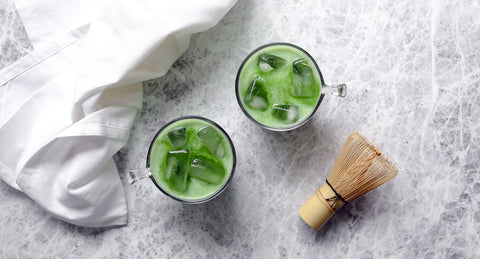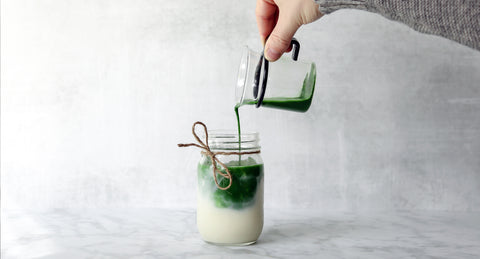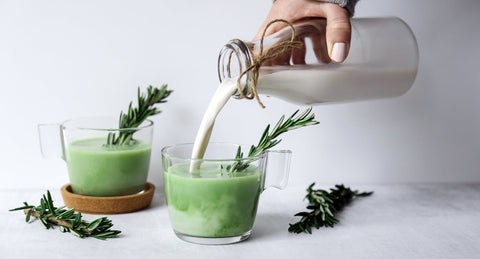Matcha, the vibrant green tea powder cherished for centuries in Japan, has garnered global popularity for its unique flavor and numerous health benefits. However, not all matcha is created equal. Identifying high quality matcha powder can significantly enhance your tea experience, ensuring you enjoy the best taste and health benefits. Here are six essential ways to recognize high-quality matcha powder.
1. Color: Vibrant Green Hue
One of the most noticeable indicators of high quality matcha is its color. Premium matcha powder has a bright, vibrant green hue, which signifies that the tea leaves were properly shaded before harvest. This shading process boosts the chlorophyll content, giving the matcha its rich color and higher nutritional value. Lower quality matcha often appears yellowish or brownish, indicating poor processing or the use of older leaves.
2. Texture: Fine, Silky Powder
The texture of matcha powder is another critical quality indicator. High quality matcha should feel smooth and fine, almost like talcum powder. This fine texture results from stone-grinding the tea leaves, a traditional method that preserves the leaves' flavor and nutritional properties. When you rub the powder between your fingers, it should feel silky and not gritty. Coarser textures suggest inferior processing methods or impurities.
3. Aroma: Fresh and Vegetal
A fresh, vegetal aroma is a hallmark of high quality matcha. When you open a container of premium matcha, you should be greeted with a sweet, grassy fragrance, reminiscent of fresh-cut grass or spinach. This pleasant aroma indicates the presence of amino acids, particularly L-theanine, which contributes to matcha's unique umami flavor. In contrast, low quality matcha may smell stale, musty, or overly earthy, reflecting poor storage or lower grade leaves.
4. Taste: Smooth and Balanced Umami
The taste of matcha is where quality truly shines through. High quality matcha has a smooth, creamy texture with a balanced umami flavor, combining a slight natural sweetness with a hint of bitterness. This complexity is due to the careful cultivation and processing of the tea leaves, ensuring high levels of amino acids and antioxidants. Poor quality matcha, however, often tastes overly bitter, astringent, or flat, lacking the depth and richness of premium matcha.
5. Origin: Recognized Growing Regions
The origin of matcha can greatly influence its quality. The most renowned matcha comes from specific regions in Japan, such as Uji in Kyoto, Kirishima in Kagoshima, and Nishio in Aichi. These areas have the ideal climate, soil, and traditional techniques for growing and processing matcha. When purchasing matcha, look for information about its origin. Matcha from these regions is more likely to adhere to high standards of cultivation and production.
6. Packaging: Airtight and Light-Proof
Proper packaging is crucial for preserving matcha's quality. High quality matcha should be stored in airtight, light-proof containers to protect it from air, moisture, and light, all of which can degrade its flavor, color, and nutritional content. Many premium matcha brands (like us!) use tins with inner lids or resealable bags to ensure freshness.
Conclusion
Choosing high quality matcha powder can elevate your tea-drinking experience, offering superior taste, aroma, and health benefits. By paying attention to the color, texture, aroma, taste, origin, and packaging, you can confidently identify premium matcha. Whether you're a seasoned tea enthusiast or a newcomer to the world of matcha, these tips will help you enjoy the finest quality tea and fully appreciate this ancient, revitalizing beverage.



